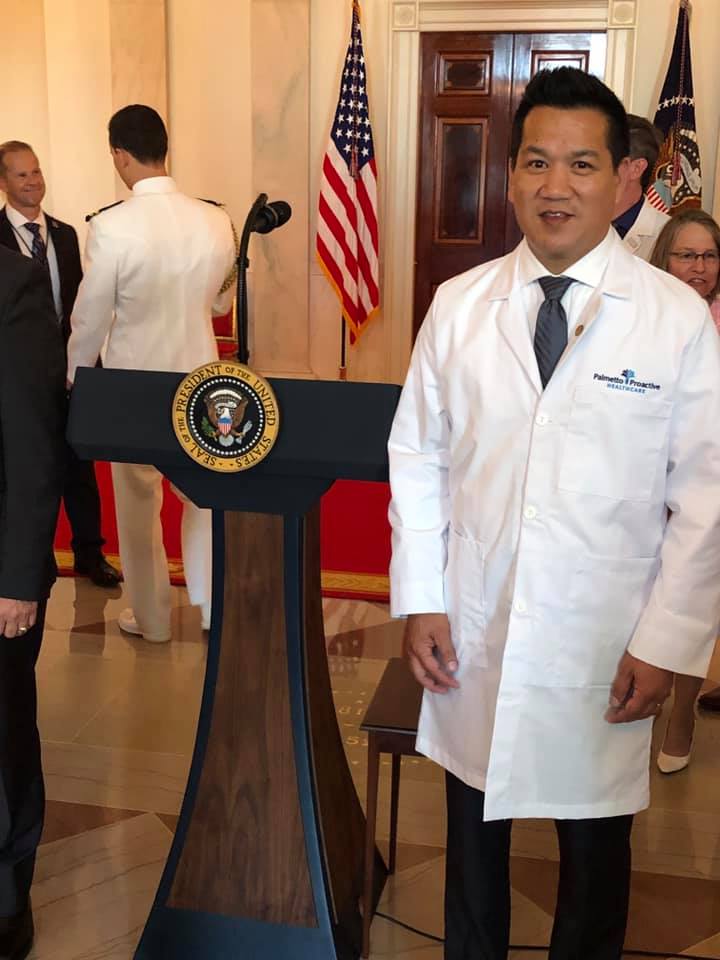New healthcare price transparency rules could mean lower costs, less confusion for patients
Just last month, Palmetto Promise highlighted a groundbreaking executive order from President Trump laying the groundwork for forcing hospitals to publicize what insurance companies actually pay them for various services and drugs used by patients – numbers that are treated like trade secrets in the healthcare industry.
PPI has called for action on healthcare price transparency for quite some time, but we have seen very limited details on if and how the Trump Administration would accomplish the herculean task of bringing hospital pricing into the sunlight.
Now we know. A proposed rule from the US Department of Health & Human Services has just been released.
If the rule goes forward, beginning January 1, 2020, hospitals will be required to disclose a list of their “standard charges,” which are defined to include both “gross charges” and “payer-specific negotiated charges.” This means that hospitals will be required to reveal the rates they have negotiated with insurance companies for both medical services and drugs that hospitals provide to patients. This rule would cover all hospitals (6,200+), even those that aren’t paid under the Medicare payment system. If hospitals do not comply with the rule, they could be fined up to $300 a day.
Why does the price transparency rule matter?
Cost. The Trump Administration’s focus on healthcare transparency and affordability comes as healthcare costs are skyrocketing. The Administration has stated that it’s critical that innovative solutions that empower patients and are backed by proven research be found as soon as possible.
Confusion. Not only are costs rising, but confusion surrounding healthcare pricing is rampant as well. Most patients have no idea what a service will cost until they receive their bill. In South Carolina, Palmetto Promise identified the disparity in charges for the same medical procedure across the state. The data we used for our report came from SCpricepoint.org, which provides useful comparative data by compiling publicly available hospital “chargemasters.”
But only providing these chargemasters is unhelpful because they reveal only what amounts to their “suggested retail price.” That doesn’t tell the patient how much he or she can actually expect to be billed by a particular hospital.
That’s because the cost to the patient is ultimately determined by their insurer and the secret price points the hospital and insurer have negotiated. The Trump HHS proposal, as it stands, would reveal that “payer-specific” negotiated charge for the first time, giving the patient an idea of what they would actually pay.
The reasoning behind the rule rests on the idea that empowering patients through pricing transparency allows market forces (also known as “shopping”) to work, lowering prices and increasing access. This was summed up well in the HHS proposal:
Many empirical studies have investigated the impact of price transparency on markets, with most research showing that price transparency leads to lower and more uniform prices, consistent with predictions of standard economic theory. Traditional economic analysis suggests that if consumers have better pricing information for health care services, providers would face pressure to lower prices and provide better quality care. Falling prices may, in turn, expand access to health care for consumers.
Now that the rule has been proposed, there must be an opportunity to comment before it is enacted. Comments must be sent in by September 27, 2019. This means that the proposal in its current from isn’t final and is subject to change.
Final thoughts
Knowledge is power, and healthcare is no exception. Empowering patients with the information they need to make smart healthcare decisions is a massive step toward lowering healthcare costs. We commend the administration for focusing on this important issue.
As CMS Administrator Seema Verma explained, “Unlocking cost information is critical to enabling patients to become active consumers so that they can lead the drive towards value.” In the healthcare industry, we need ‘active consumers’ to unlock the free market potential of a heretofore opaque industry: one that impacts all of us.





